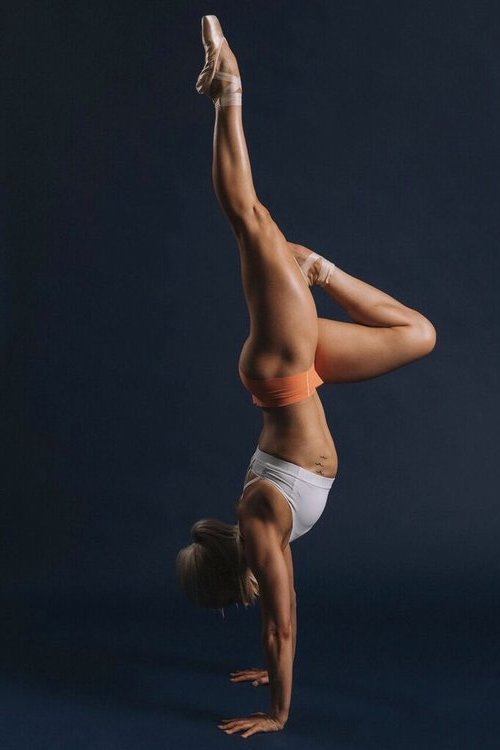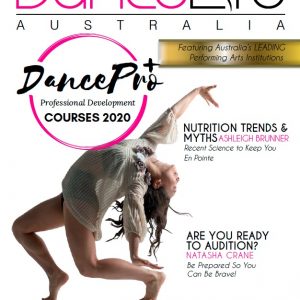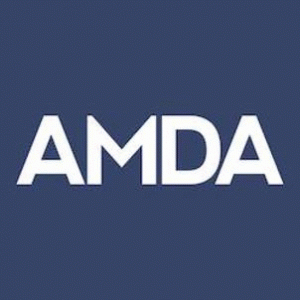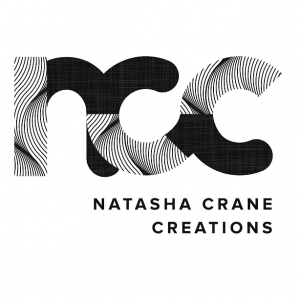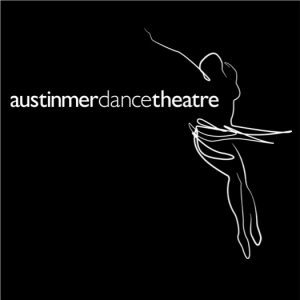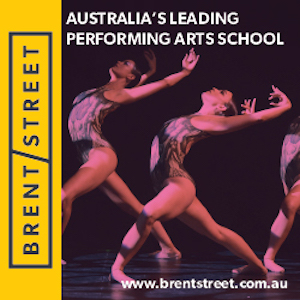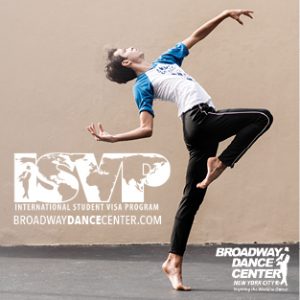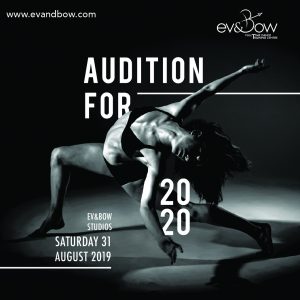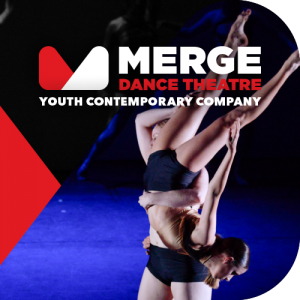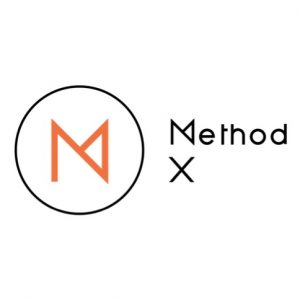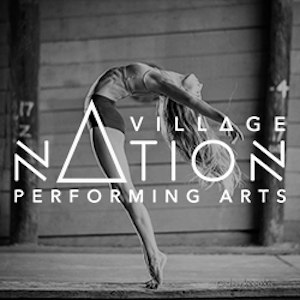Dancers… Are you Afraid to Implement Strength Training?
Valuing Yourself as an Athlete
by Rebecca Hall, Method X Pty Ltd Founder & Director
We now know dancers need more than just flexibility and stamina. Method X trainer Rebeca Hall is an ex-dancer who knows exactly how to help dancers achieve their best physically both now and in the long term.
Some questions for dancers to consider: Has my year developed quantity over quality, particular to energy and performance output? Do I undervalue the importance of strength and body maintenance? Have I placed strength and conditioning training at the bottom of my priority list? Or, am I just simply unequipped with the right tools and ill-informed of what I should be applying?
These are all very important questions to ponder upon. If you said YES to at least ONE of these questions then I suggest you keep reading!
For dancers, the application of strength and conditioning training will improve the longevity of your career, it will give you new direction, and it promises to see you reach optimal potential and diversify your abilities and opportunities. Dancers must implement strength training and value themselves as an athlete to reap the rewards of a long, healthy and strong career.
If you have decided to embark on the journey to become a professional dancer, you have committed to a tough, yet rewarding; challenging, yet empowering; ugly, yet beautiful artform. You have committed yourself to a life of being an artist and an elite athlete. This requires you to become accountable for your mind, body and soul that is enhanced by the execution of your cross training. Don’t become pigeon-holed as a dancer. Pilates training is important and has its place, however, strength training is imperative for both female and male dancers aiming to reach their full physical potential day-in and day-out.
7 Reasons Strength & Conditioning Matter:
- Improves muscle strength & ability to load muscle.
- Improves flexibility of muscles & strengthens joints.
- Develops long & lean muscle.
- Develops explosive power & co-ordination.
- Provides greater body awareness & performance output.
- Prevents injury & promotes positive mindset (improving sleep, anxiety & mental health).
- Improves technique & endurance for a rigorous schedule.
Dancers are athletes. Too often the balance of artist and athlete isn’t carefully maintained for the individual to optimise their greatest potential. The extremely physical nature of dancing professionally or at a full-time level requires the athlete to be at peak physical fitness for the majority of the year. This is unlike other elite athletes who experience their ‘off’ seasons. Dancers need to look at their schedule and begin to find the highs, lows, peaks, holidays and then tally their overall expected performance outcome for the year.
Strength training for a dancer is ideally periodised. Like any athlete, this means the individual training program is working to compliment the physical outcomes of each performance season and progressively cycle the athlete. This means the key exercises or lifts can be broken down and supplementary exercises can be carried out in order to maintain symmetry and balance.
Commonly we see dancers over-train, under-eat and have weak bones caused by menstrual disruption (refer to the Female athlete triad). We need to eliminate weaknesses, fears and reduce the risk of injury. Weight/resistance training complimented with optimum nutrition will affect the athlete positively. Assessment of the dancer’s movement mechanics in the gym upon initial assessment determines the introduction of barbells, dumbbells and weighted equipment. Usually a battery of tests is carried out on the dancer before implementing a foundations program. The dancer then begins to build a repertoire of functional strength movements and can progress accordingly in the gym.
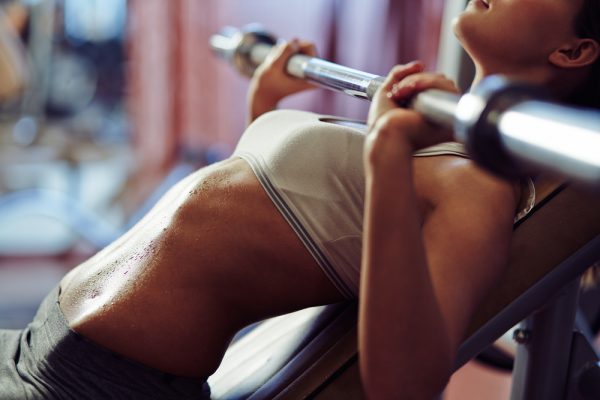
Fear not though, strength training does not give you big and bulky muscles! That is not the desired aesthetic. The goal is to improve control, stability, explosive power, reaction time, speed, coordination and overall energy potential. Correcting functional movement patterns has an extremely powerful effect in the studio for the elite dancer.
Remember!
-
Strong muscles = strong bones = less injury
-
Muscle growth + improved flexibility = prevention of injury
-
Regular strength training + core technique classes = more performance power output
-
Strength training = increased performance potential
If you are launching into full time dance or performing arts training, currently at a pre-professional level or aspiring to pursue a career in dance/performing arts and are not currently executing a strength program, you will become eventually become accountable for your body and the longevity of your journey can be assured by contacting a dance strength specialist.
So, why not refine your technique, become the best version of yourself, treat your body as a temple, allow for positive physical adaptations and learn what will help you maintain a strong, happy, healthy and injury free body?
To become the best dancer you can, start implementing strength training into your weekly studio, rehearsal and performance schedules. You will be amazed at the difference!



